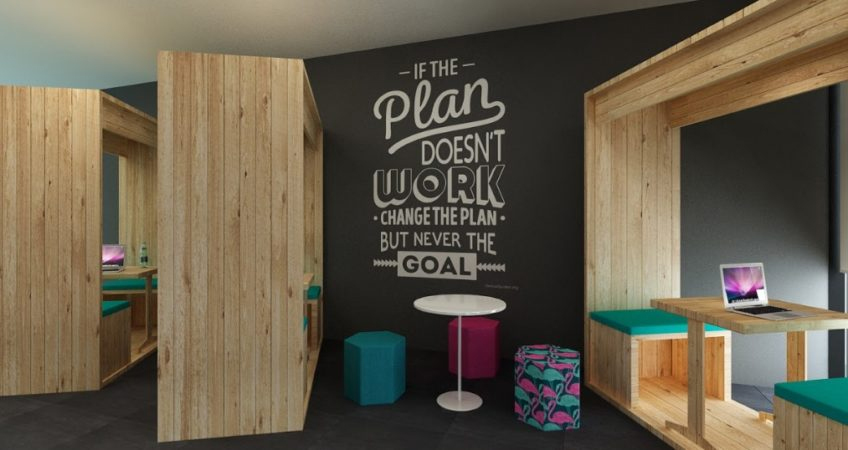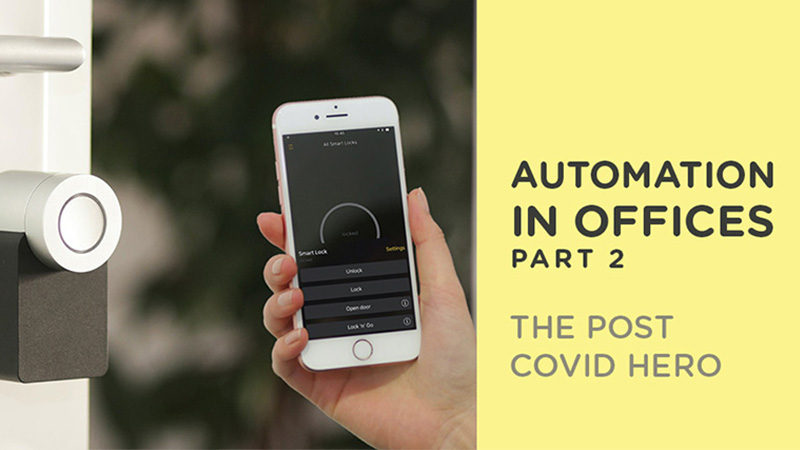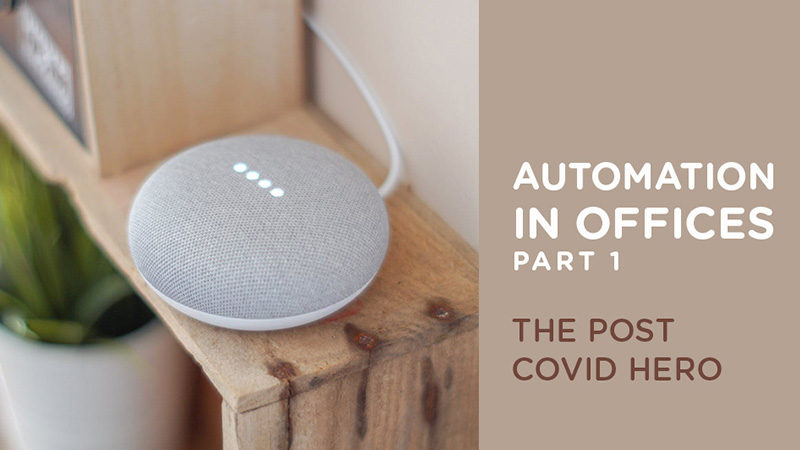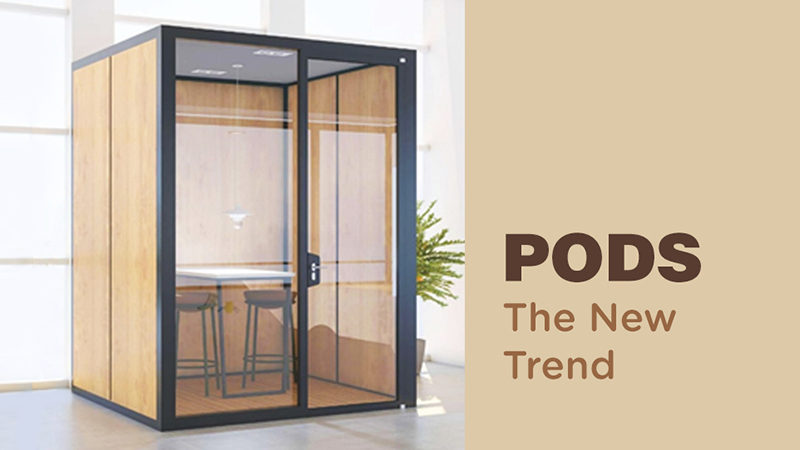
DEEP WORK ZONES
For increased productivity in offices!
Suggestions from an Interior Designer
Good looking offices can also be very unproductive. Several studies in the recent past have related to how offices are planned and designed without thinking of the outcome from a productivity level, and how employees feel about their workspaces. Distraction seems to be the biggest challenge, followed by frustration, isolation and depression.
Deep work zones are the answer to all this and more.
“Human beings, it seems, are at their best when immersed deeply in something challenging. ”
― Cal Newport, Deep Work: Rules for Focused Success in a Distracted World
Deep-work zones are essential for thinkers, strategists and planners. These are also essential for when some employees require total quiet time to focus on something. I like to feel that we have earlier solved this problem by creating, in the open office plan (that now we know does not work, but that’s a different story) areas that are totally closed off – visually as well as acoustically. If you don’t have them now, put them in! It’s easy!
Here are some things to keep in mind:
- Location matters
If you can put the deep zone area out of the way in corners, it would be good. For example, I would never place deep-focus zones on the way to the breakout area or near it! Isolation is key – for a while. Having multiple deep work zones is also good if you can manage it. The number will depend on the kind of work you do, and you should discuss this with your designer.
For a new office that is yet to be designed, think about strategizing a spatial zoning plan for multi-use spaces to be productive. - Audio & Visual distraction
The objective of creating deep-work zones is to facilitate focus – for which not only audio but even visual distraction needs to be eliminated, or at least controlled. If there is constant distraction around a focus room, the purpose is lost. Low-traffic areas of an office work best!
There are several types of deep work zones – some might work for you, and others may not. Each organization has a different nature of work, which is why you should identify the kind of areas you need, and how to strike up a balance between them. Here are the different ways of providing deep-work zones:
- Quiet Areas
If you do not need “deep-focus areas”, you can benefit by creating quiet-areas – an aisle of work desks in a less frequented zone of the office maybe. You can create these areas without physical partitions by careful space-planning. To provide a sense of depth and focus, I’d advise a low-ceiling – it helps the feeling of seclusion without closing it off. - Focus Rooms
You can also go for semi-private focus rooms where 3-4 people can work in silence; these are shared private enclaves. Well-equipped with electrical points and seating, these spaces are good for focused meetings, or simply to work in isolation. - Pods:
In other cases, for proper deep-work focus areas you can provide pods! Pods are like tiny spaceships, which are single occupancy spaces with complete acoustic insulation on all sides, electric points, phone connection and a work-desk. This helps in cutting off all audio disturbance and most visual distraction. Because they reduce sound by almost 40 decibels– these pods can be placed near team workstations. You can order them from Silen, ROOM, Hush and other international brands.
As the workspace culture is changing towards becoming more human centric, designers of offices, along with the HR and Admin heads, are creating different spaces for different kinds of tasks. Realizing the importance of understanding the needs and desires of their employees, companies are focusing more on providing employees a productive work environment rather than just demanding productivity. Hope this helps you develop deep work zones in your offices!




